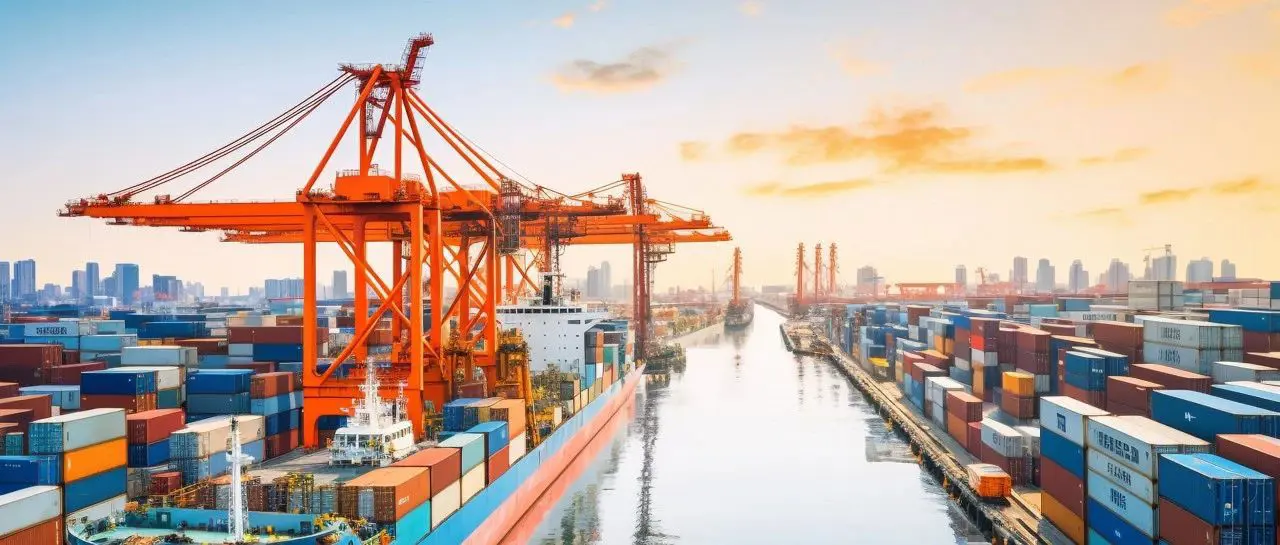%! Ocean freight rates are still soaring!

Ocean freight rates continue to soar. According to the Shanghai Shipping Exchange's Shanghai Containerized Freight Index (Europe Line) data, the index rose from . points on a certain date this year to . points on a certain date in the month, with a monthly increase of up to %. Recently, routes to the United States, Europe, the Persian Gulf, South America... almost all are pointing to a state of full capacity. What is happening?
Europe Route: As of the date, the freight rates for Europe and the Mediterranean routes have increased by .% and .% respectively. Shipping companies have notified of a price increase for bookings, with the Europe route seeing an increase of approximately $—$ per TEU starting from the beginning of the month, reaching the range of $—$.
US West Coast and East Coast Routes: As of the date, the US West Coast and East Coast routes have seen slight increases of .% and .% respectively. Since the beginning of the month, the freight rates for each FEU on the US West Coast and East Coast routes have been raised by approximately USD and USD respectively, reaching USD— and USD—. Previously, black swan events such as the Red Sea crisis caused a sharp spike in shipping prices in the short term, but this time the price increase has been sustained for a longer period, showing a clear continuity.
Senior investment analyst Lin Dahui told the International Business Daily that there are three reasons for the sustained surge in ocean freight rates: Firstly, it is related to the upcoming sales season in Europe and the United States. With the arrival of "Black Friday," European and American importers have entered the replenishment phase of their inventories, driving up international freight rates. It is reported that currently, multiple Amazon warehouses are experiencing full capacity, canceled appointments, and delayed unloading.
On the other hand, the surge in global shipping route prices is due to the impact of the US election and the loss of production capacity caused by dockworkers' strikes. If Trump wins the US presidential election, tariffs will be increased, and US importers will take advantage of this window of opportunity to boost inventory replenishment.
The third reason is that geopolitical issues remain tense, affecting the normal operation of shipping routes, and freight rates have consequently risen.
Such a cycle repeats, with freight giants recently announcing a series of price increases. Companies like Hapag-Lloyd and Maersk have successively released new freight rate adjustment plans and notices for the collection of peak season surcharges.
As for the subsequent trend in freight rates, Wu Jialu, head of the Industry and Cycle Group at CITIC Futures Research Institute, believes that the current "shipment boom" will last until the end of this year or early next year, with ocean freight rates showing a trend of fluctuating but generally strengthening.
Lam Tai-fai believes that ocean freight rates will remain volatile within the current range, and even if they rise further, a unilateral sharp increase in prices is unlikely.

